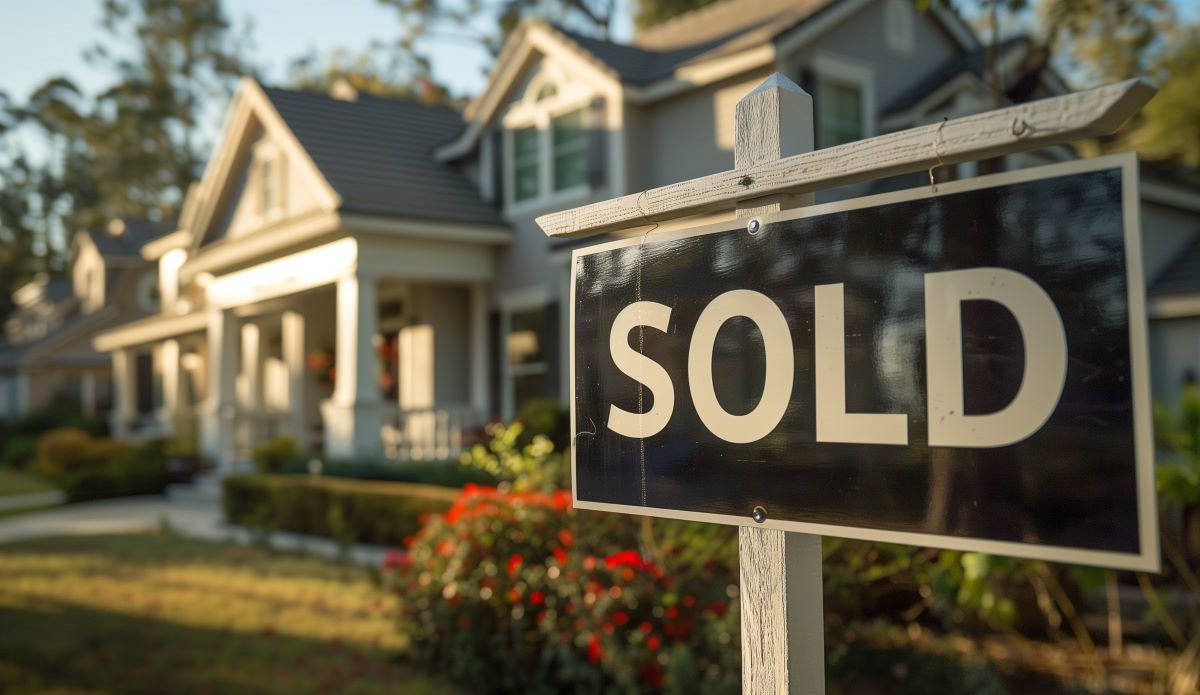Affordable homes have long been in short supply for lower-income households, but data released Monday by Redfin showed positive signs for the starter-home segment.
According to Redfin, pending sales of starter homes grew 10.2% year over year in July to reach their highest level since October 2022. This was in stark contrast to three other market segments that posted declines in the number of pending sales compared to July 2023.
Additionally, price growth for starter homes — which are defined as properties valued among the bottom 35% of local markets — was slower than for other segments. Sale prices for starter homes rose 4.2% during the year ending in July, compared to 7.9% growth for luxury homes, 5% growth for upper-priced homes and 4.6% growth for middle-priced homes.
Even as pending sales of starter homes across the nation’s 50 largest metro areas grew on a yearly basis in July, the number of homes going under contract in other price tiers backtracked. Middle-priced homes (those in the 35th to 65th percentile) had 6.5% fewer pending sales compared to July 2023. Pending sales of upper-priced homes (those in the 65th to 95th percentile) and luxury homes (those in the top 5%) were down 10% and 7.9%, respectively.
Redfin noted that the typical U.S. starter home sold for a record-high $250,000 in July. But increased levels of inventory in this segment kept appreciation lower compared to other pricing buckets. The number of starter homes listed for sale last month was up 18.9% year over year to its highest level since October 2022.
Still, inventory is down compared to pre-pandemic levels. The number of starter homes on the market last month was about 30% less than in July 2019.
“The overall market remains sluggish, but we are beginning to see first-time homebuyers come off the sidelines, buoyed by falling mortgage rates and an increased number of homes hitting the market,” Redfin senior economist Sheharyar Bokhari said in a statement.
“Not only do you have young families and investors looking at starter homes, you also have buyers who have been forced to consider less-expensive options due to near-record home prices. More buyers means more sales, but so far we aren’t seeing prices skyrocket, because the rising number of homes hitting the market is enough to satisfy the increased demand — a positive outcome for both buyers and sellers.”
Growth in the pending sales data is likely to show up in the number of homes sold in August and September. In July, closed sales remained lower on a yearly basis across all price tiers. These declines ranged from 0.6% in the starter-home segment to 3.9% in the middle-priced segment.
Previously hot Sun Belt markets, driven by post-pandemic migration, continued to see cooling conditions, according to Redfin. The five metro areas with the largest price declines across the starter-home segment over the past year are in Texas and Florida. This is being “aided by significant spikes in inventory,“ the brokerage reported. Active listings of starter homes were up between 17% and 50% in the Texas markets of Austin, San Antonio and Dallas along with the Florida markets of West Palm Beach and Fort Lauderdale.
“Lower-priced homes are really moving right now, especially since rates went down to around 6.5%,” Derrell Skillman, a San Antonio-based agent for Redfin, said in the report. “We are seeing a lot of younger buyers looking at smaller starter homes. They don’t want a big backyard and a pool, they just want something efficient, with minimal ongoing maintenance required.”
Prices for starter homes increased the most over the past year in Detroit (+15.6%); Newark, New Jersey (+15.4%); and Pittsburgh (13.6%). Closed sales for these homes rose the most in San Francisco (+18.7%), San Jose (+14.5%) and Cincinnati (+12.45%). And starter homes spent the least amount of time on the market in Seattle (median time of seven days); Montgomery County, Pennsylvania (11 days); and Warren County, Michigan (12 days).

